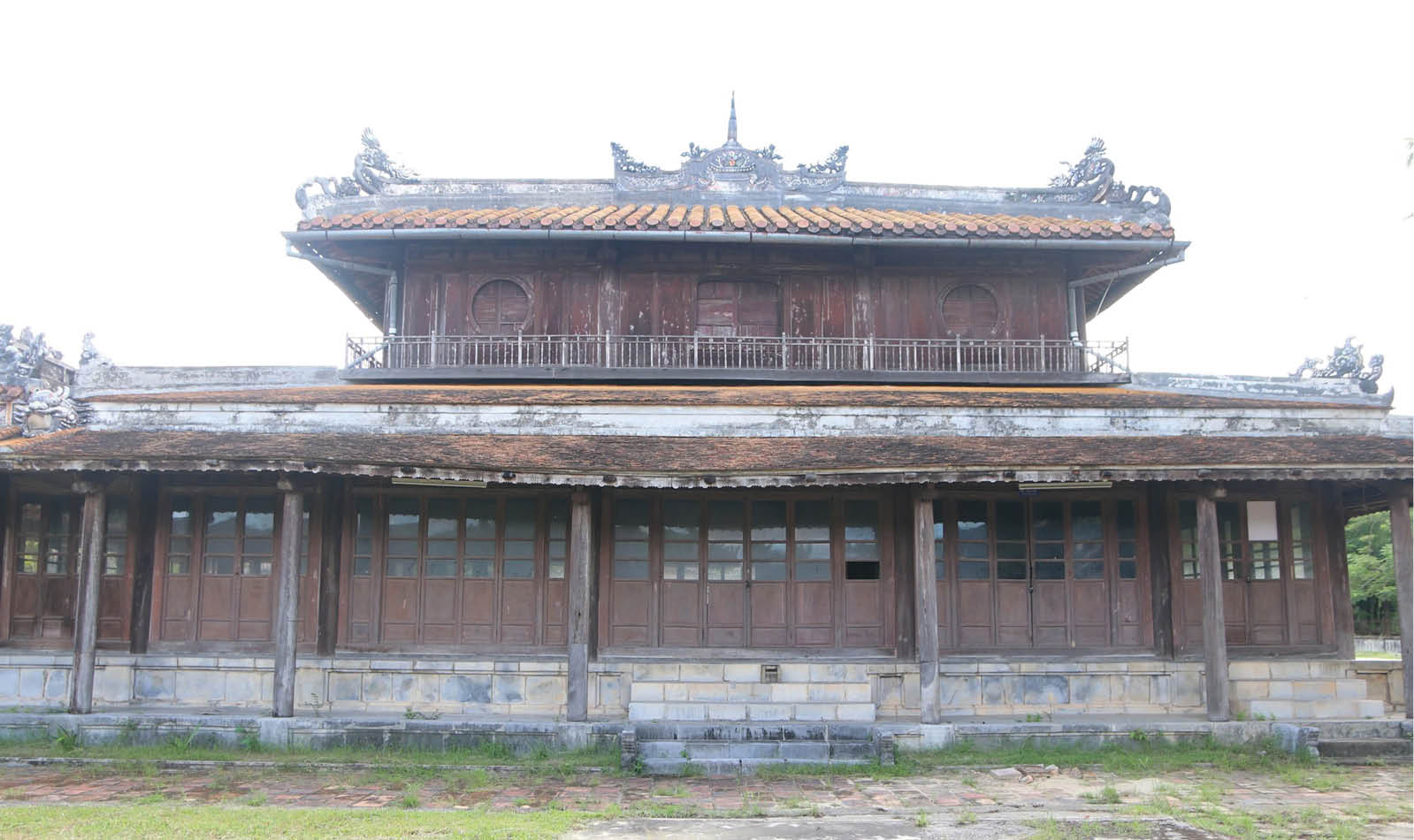 |
| After completing the restoration, the Nguyen Dynasty Imperial Academy will be converted into the Museum of Education and Examinations. |
Rare heritage
Quoc Tu Giam was first built in 1803, under the Gia Long Dynasty, with the name Doc Hoc Duong (in An Ninh Thuong Commune, Huong Tra District), about 5km from Hue Citadel. In 1820, King Minh Mang changed the name to Quoc Tu Giam, officially becoming the first "university" of the Nguyen Dynasty.
Initially, the school had only one main building and two annexes. Under the reigns of Minh Mang and Tu Duc, the scale was expanded, with additional walls and dormitories for students... After the big storm in the year of Giap Thin (1904), many items were damaged, and the royal court ordered temporary repairs. In 1908, due to the old location being far from the center, King Duy Tan decided to move the Imperial Academy to the east of the Imperial City, inside the Hue Citadel - its current location. Since the 1990s, when it was assigned to the Thua Thien Hue Museum of History and Revolution (now the Hue City Museum of History) for management, a number of items have been restored and preserved; in which, the basic architectural elements from the Duy Tan period are still intact.
The Imperial Academy of Hue has a special position in the overall Imperial City: in front is Long An Palace, on the right is the Imperial City, on the left is the Privy Council - showing the importance in the administrative planning of the Nguyen Dynasty. The most prominent is Di Luan Duong - a two-story wooden structure in the style of "multi-layered toads", with a roof of yellow glazed glazed tiles, inlaid bones, and sophisticated porcelain... The two schools and the student residence also have high aesthetic value, reflecting the harmony between academia and fine arts of that period. Not only an architectural relic, the Imperial Academy also preserves 208 Chinese character boxes forming 103 royal poems of King Thieu Tri, along with two stone steles from the Thieu Tri and Tu Duc periods in and in front of the school grounds, many valuable documents on education and examinations of the Nguyen Dynasty.
Currently, the Imperial Academy campus is about 1.5 hectares wide, surrounded by Dinh Tien Hoang - Doan Thi Diem - Le Truc streets. The remaining original items include: Tam Quan, Thi Hoc stele, Huynh Tu Thu Thanh stele, Nu Tuong, Di Luan Duong, two Learning Houses, two Student Houses and two Kieu Gia connecting the blocks.
Preserve to revive
After more than a century of existence, many items have seriously degraded, especially the Huu School House which burned down in 2022. Therefore, the project to preserve and adapt the Quoc Tu Giam - Hue Citadel relic is considered necessary.
Mr. Phung Van Hoang, Deputy Director in charge of the Hue Monuments Project Management Board - Hue Monuments Conservation Center (HMCC) said: After the process of researching, collecting documents and completing the design documents, the project is being appraised at the Department of Cultural Heritage. It is expected that the project will start construction in mid- or late December 2025, with a duration of 4 years. However, the center is determined to complete it earlier than planned.
According to Mr. Hoang, from September 1, 2025, the appraisal of national and special national relics - including Quoc Tu Giam - will be directly carried out by the Ministry of Culture, Sports and Tourism. This is a new point of the amended Heritage Law and Decree 208/2025, requiring the investment process to be adjusted accordingly. Although it may prolong the appraisal time, in the long run it will help improve professionalism and consistency in relic conservation work.
The project was approved by the Provincial People's Council (now Hue City) in Resolution 100/NQ-HDND dated October 14, 2021 and adjusted in Resolution 116/NQ-HDND dated December 10, 2024. The City People's Committee issued Decision 2816/QD-UBND dated September 5, 2025, assigning the Hue Monuments Conservation Center as the investor, with a total cost of 108.6 billion VND. The project includes many large-scale restoration items, notably Di Luan Duong, two Schools, two Giam Sinh Houses, Tam Quan - Nu Tuong and Huynh Tu Thu Thanh stele... All were restored in the architectural style of King Khai Dinh's reign, preserving the original elements, removing foreign details and reinforcing with traditional materials such as group II wood, yellow glazed tiles, and three-component mortar...
Di Luan Duong - the center of the entire complex will be demolished, restored as a whole, moisture-proofed, termite-proofed, the foundation system reinforced, the yellow glazed tile roof and the porcelain decoration system restored. The two schools and the student house will also be demolished and restored synchronously, with additional electrical, lighting, fire prevention and fighting systems, ensuring functionality for exhibitions and event organization... After completion, the relic will become the Museum of Education and Examinations, a place to preserve, display and introduce documents on Confucian education; at the same time, it will be a space to organize activities to encourage learning, award and honor talented people.
Director of Hue Monuments Conservation Center Hoang Viet Trung shared: When fully restored, Quoc Tu Giam and Long An Palace will form a unified block, contributing to the overall completion of Hue Monuments, both preserving heritage and meeting the cultural and educational needs of the community. This will be an ideal place to organize graduation ceremonies, scientific seminars, book festivals, or poetry, literature and painting activities - bringing the heritage back to life in contemporary life; at the same time, increasing the attractiveness of the tour route of the Imperial Citadel - Hue Royal Fine Arts Museum - Quoc Tu Giam, enhancing the appeal of cultural tourism, evoking pride in the nation's tradition of studiousness.
Source: https://huengaynay.vn/van-hoa-nghe-thuat/ton-tao-quoc-tu-giam-159724.html




![[Photo] "Ship graveyard" on Xuan Dai Bay](https://vphoto.vietnam.vn/thumb/1200x675/vietnam/resource/IMAGE/2025/11/08/1762577162805_ndo_br_tb5-jpg.webp)



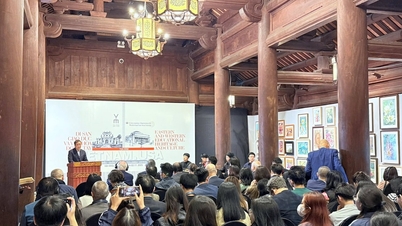




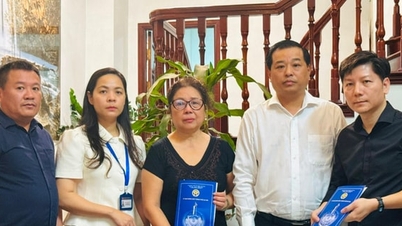

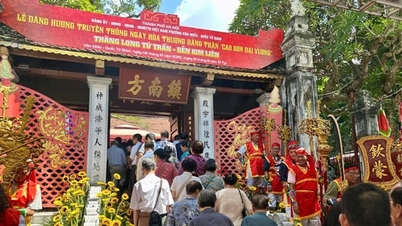

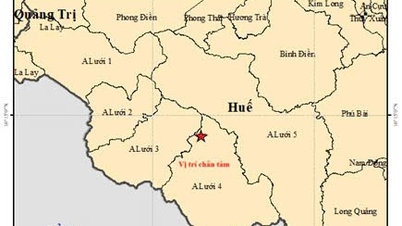















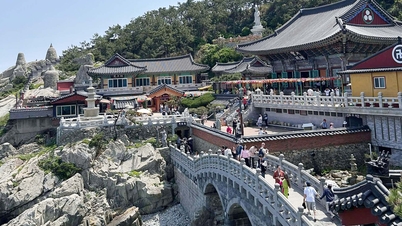






![[Video] Hue Monuments reopen to welcome visitors](https://vphoto.vietnam.vn/thumb/402x226/vietnam/resource/IMAGE/2025/11/05/1762301089171_dung01-05-43-09still013-jpg.webp)



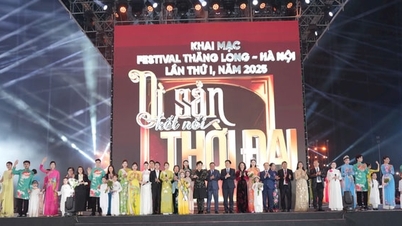






































































Comment (0)